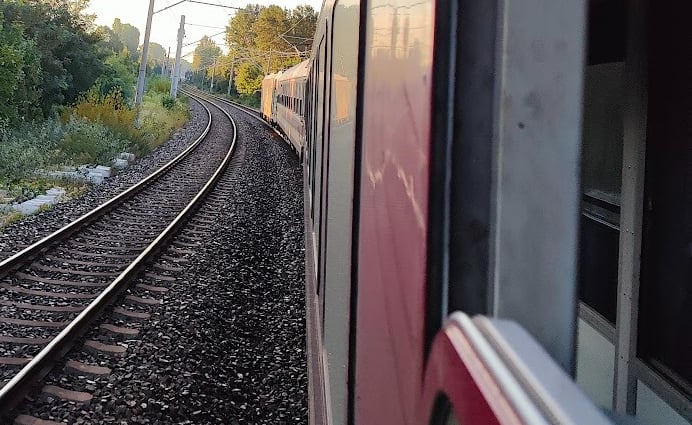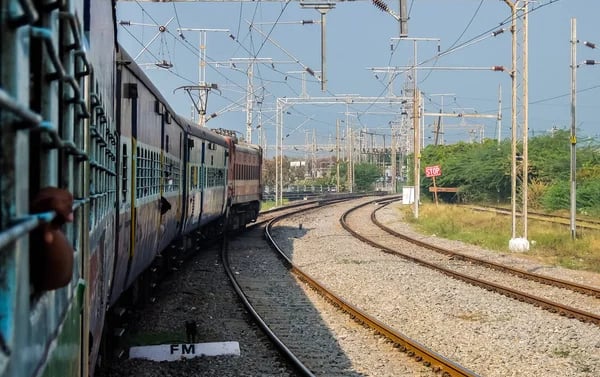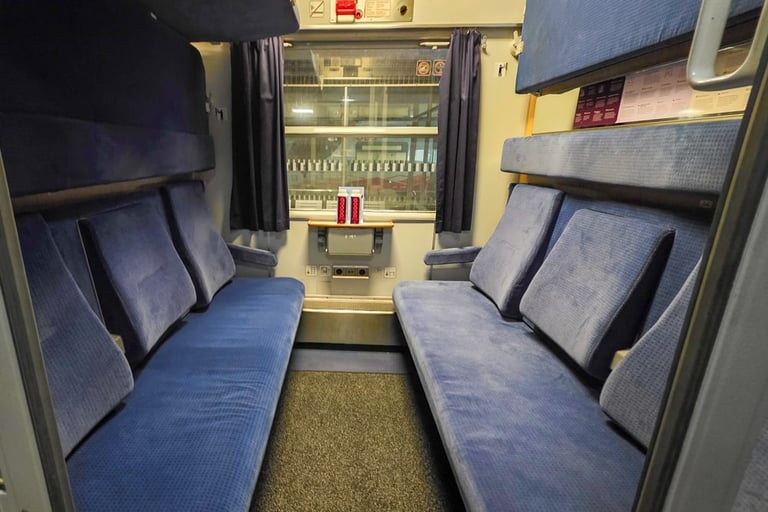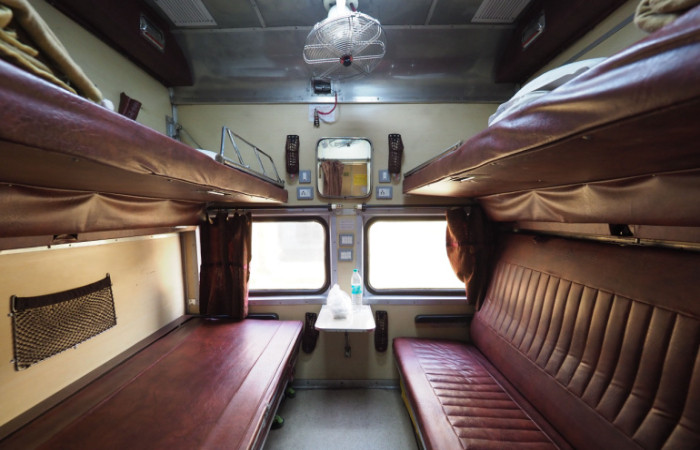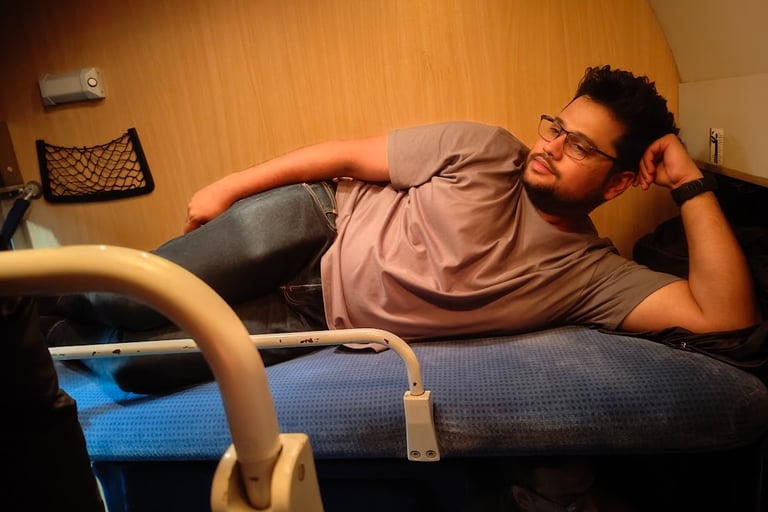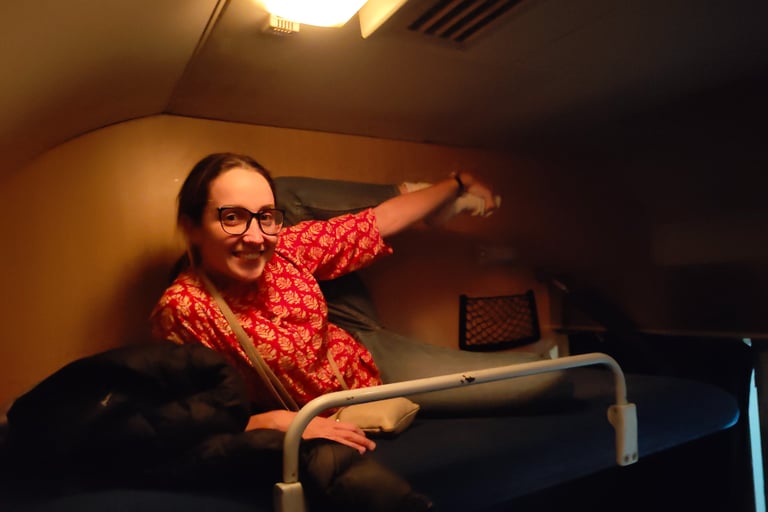An Indian's Experience on the European Sleeper

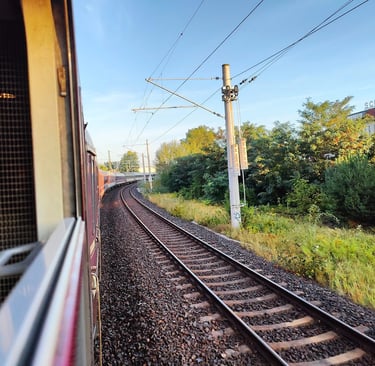


I moved to Europe in 2019. At first, I was mesmerized by the train network — sleek, punctual, modern. Sitting in a high-speed train gliding through the flat Dutch landscape felt like stepping into the future. The chairs were ergonomic, the windows wide, and the silence… complete. It was easy to be impressed. But over time, that initial charm wore off — especially when planning long-distance travel across borders. The reality set in: Europe’s train networks, while polished, often lack the seamless cross-country connectivity I’d grown up with in India. Booking international trains was expensive, fragmented, and less accessible than I had imagined. The flashy carriages started to feel… hollow. Now based in Rotterdam, where I live with my wife, our goal has always been to travel across Europe in an eco-friendly way. Trains and buses became our go-to choice. But as we zigzagged across borders by road and rail, I couldn’t help but miss something — not just the convenience of Indian trains, but the soul they carry.
This led me to start looking for similar train experinces in europe. And then came a new kind of train — one that felt like it stepped out of a WWII movie. Dark red carriages, understated design, a sense of quiet timelessness. That was the European Sleeper, departing from Rotterdam and heading to Prague overnight. It stirred something in me — a mix of cinematic nostalgia and personal curiosity.
My love for trains might have begun when I was a kid; when we were taken once or twice every year to long-distance train journeys. Of course the window seat was a treat, and if you saw the engine turn while looking out of it, the purpose of the entire trip was served.
Left: View from the European Sleeper Right: View from an Indian train
I’ve traveled thousands of kilometres by Indian trains — the clatter, the chatter, the chai at 3 am — and that rhythm has stayed with me, even as I’ve adjusted to this quieter continent. Booking the European Sleeper wasn’t just about getting to Prague. It was a chance to see what train travel in Europe could feel like when time slowed down — when the journey mattered again.
There is a bewildering variety of people on trains, and I’ve always been an observer. In the Netherlands’ everyday trains, people sink into their seats, earphones in, eyes glued to phones or laptops. Conversations with strangers are rare, almost unthinkable — not because people are unfriendly, but because the setting itself builds invisible walls. The seats are spaced apart, the silence is reinforced by design. And I’ve become the same — a quiet commuter, tucked into my own bubble.
That’s why I was curious about the European Sleeper. The moment I booked a couchette — a compartment meant for five or six people — I wondered: would this be different? Would the forced closeness of bunk beds and shared space break the silence? Would strangers open up, or would they find new ways to avoid eye contact?
The setting had its own charm. The windows opened — a rare luxury compared to the sealed, air-conditioned carriages. Leaning out, I felt the rush of cool night air and the rhythmic clatter of the wheels below. It reminded me of Indian journeys, where open windows framed the blur of fields and villages, rain streaking the glass, life flowing just a hand’s breadth away. Looking out from behind a fixed A/C pane never quite compares.
Inside the couchette, the dynamic was fascinating: you are either gently nudged into conversation, or you make a deliberate effort to retreat into yourself. The room becomes a mirror — it reveals whether you crave connection or solitude.
Left: Inside a European Sleeper couchette Right: Inside an Indian sleeper coach
'Native' places are discussed, common ground is discovered, and everybody relaxes once the initial ice is broken.
The space inside the European Sleeper was compact but deliberate. Every surface had purpose. The bunk beds folded neatly. Small compartments held water bottles, hooks for jackets, shelves for shoes or bags. There was just enough room to exist, but not enough to forget that you were sharing it. The architecture of the space does something interesting to your mind. In an Indian train, sleeper coaches are open, long corridors of life unfolding. You can wander, stretch, hang by the door and watch the world go by. Here, in this European couchette, everything was contained — self-contained, even. There’s no walking out for chai. No murmurs from distant seats. Just six bunks and five other presences that you could feel even in silence.
There was something meditative about lying in that tiny upper bunk, face inches from the ceiling, the occasional lurch of the train reminding you that movement was happening. I stared into the darkness, the rhythm of the wheels soothing, the chill in the air crawling through the open window like a whisper from another country. At some indistinct hour of the early morning, I stirred to the light nudging its way through the curtain. Outside, the countryside had shifted — the shapes of rooftops, the tilt of the land, the signage — all foreign, unfamiliar, beautiful. A quiet announcement confirmed what I already felt: we were nearing Prague. I stretched, packed up my things, and stepped down from the bunk with the ache that only good travel gives you — a gentle mix of stiffness and satisfaction.
------------------------------------------------------------------------------------------------------------------------------------------------------------------------------------
About the Author
Mihir Panvalkar is a maritime engineer and curious traveler from India who has lived in four countries — India, France, Réunion Island, and the Netherlands. Currently based in Rotterdam with his wife, he balances a career in offshore energy with a passion for slow, sustainable travel. A lifelong train enthusiast and wildlife lover, Mihir is most at home on the move — whether it's tracking mooring lines in simulation software or spotting tigers in a jungle, or simply watching the world blur past from a train window.


